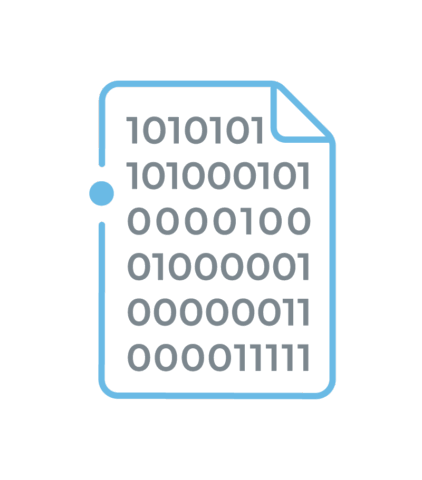Face Detection
A standard camera captures a still photo or video frame, and the system automatically locates the face, distinguishing it from the background and other objects before analysis.
Innovatrics facial recognition provides governments and businesses with fast and contactless identity verification for access control, fraud prevention, digital onboarding, and public security.
Talk to our team

Facial recognition technology identifies or verifies a person by analyzing unique features of the human face. Using artificial intelligence and deep learning algorithms, it detects a face, extracts key landmarks (such as eyes, jawline, or nose), and converts them into a digital template, or representation.
Today, facial recognition is used in a wide range of applications where fast, contactless identity verification is required. Governments employ it in a variety of different ways while law enforcement agencies use it to identify suspects or missing persons from images and video. In the private sector, it supports secure digital onboarding, access control, and fraud prevention. Because it works with standard cameras and scales easily, facial recognition is increasingly integrated into everyday services and large-scale identity systems alike for quick and accurate identification.


Facial recognition can run on mobile devices, edge cameras, or large-scale server systems, making it adaptable to different environments.
Identity can be verified without any physical interaction, relying only on a camera, which makes it faster and more convenient than touch-based methods.
Handles high volumes of images and continuous video streams, enabling reliable performance from small deployments to nationwide systems.
It works passively in the background, capturing identity without requiring a person to stop, touch a sensor, or change their behavior.

A standard camera captures a still photo or video frame, and the system automatically locates the face, distinguishing it from the background and other objects before analysis.

The system maps the location of key facial landmarks, such as the eyes, nose, and mouth, and uses this information to align the face into a normalized representation.

The aligned image is then transformed into a mathematical model that uniquely represents the individual’s facial characteristics, making it ready for comparison and matching.
Facial recognition systems can exhibit variation in error rates across demographic groups, often due to imbalanced training data or differences in image conditions. Independent evaluations (including NIST) document these demographic differentials and the importance of addressing them.
To reduce these effects and guarantee our algorithms are fair, our technology is extensively trained and validated with diverse training data to ensure broad demographic representation, improving fairness and consistency across populations.


Since 2004, Innovatrics have consistently ranked among the best in the world in independent biometric benchmark evaluations and certifications.
The leading benchmark for facial recognition, evaluating algorithm accuracy and speed in 1:1 and 1:N across large datasets with varied image quality, pose, and demographics.